Innovative Shipping Container Cottage Designs Transforming Sustainable Living Trends
The rise of sustainable living trends has led to innovative architectural solutions that challenge traditional housing concepts, with shipping container cottages at the forefront of this movement. These compact, efficient, and eco-friendly homes not only make use of repurposed materials but also promote a lifestyle that prioritizes minimalism and environmental consciousness. This introduction to shipping container cottages showcases how creative design and sustainable practices can intertwine, resulting in unique living spaces that meet modern needs while reducing ecological footprints.
As urban areas become increasingly congested and housing prices soar, the appeal of shipping container cottages continues to grow. Designers and architects are pushing the boundaries of what these former industrial boxes can offer, transforming them into stylish, functional residences that cater to diverse lifestyles. With their modular nature, these cottages can be customized to fit various landscapes and personal preferences, making them an ideal choice for anyone looking to embrace sustainable living without sacrificing comfort or aesthetics.
In the following sections, we will explore some of the most innovative shipping container cottage designs that are redefining the concept of home. By examining recent trends and projects, we will delve into how these structures not only embody sustainability but also inspire a community-focused way of living, making them a significant contribution to the future of housing.
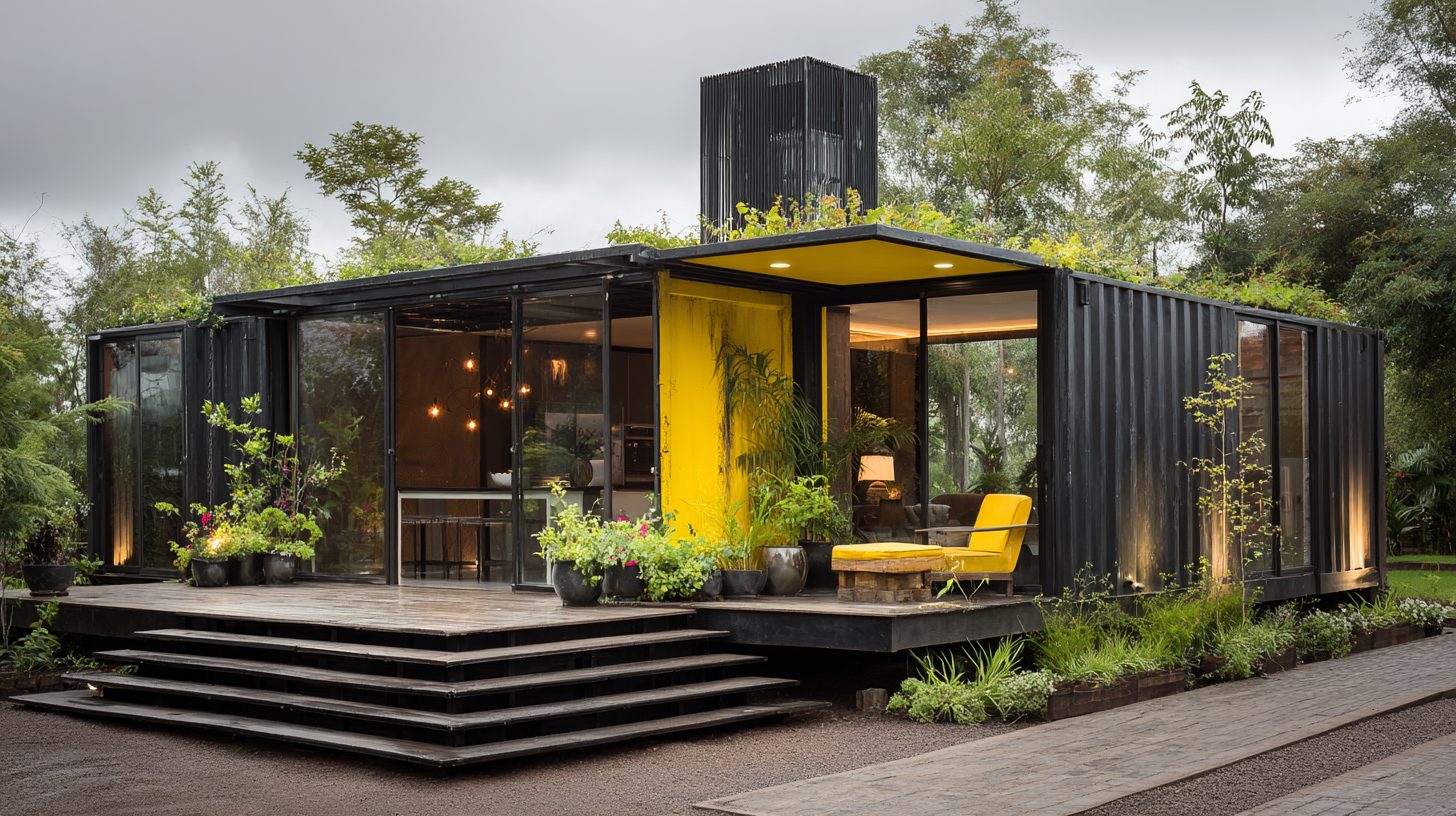
Emerging Trends in Shipping Container Housing: A Sustainable Choice for Eco-Conscious Consumers
As eco-conscious consumers increasingly seek sustainable living solutions, shipping container homes are emerging as a popular choice. According to a report by the U.S. Green Building Council, the adoption of eco-friendly housing options has risen by over 30% in the past five years. Shipping container housing offers a unique blend of sustainability and affordability, allowing homeowners to utilize repurposed materials while minimizing their environmental footprint. With the average cost to build a shipping container home ranging from $10,000 to $40,000, it presents a viable alternative to traditional construction.
When considering a shipping container home, here are a few tips to ensure success: First, conduct thorough research on local zoning laws and regulations, as some areas have strict guidelines on container housing. Second, invest in proper insulation and ventilation systems, as shipping containers can be prone to extreme temperature fluctuations. Lastly, incorporate sustainable technologies, such as solar panels or rainwater harvesting systems, to enhance the eco-friendliness of your new habitat.
Emerging trends indicate that shipping container homes can significantly reduce energy consumption. A study from the National Renewable Energy Laboratory shows that well-insulated container homes can consume up to 50% less energy compared to traditional homes. As these innovative designs continue to gain traction, they challenge the status quo of residential living while appealing to those committed to environmental stewardship.
Innovative Shipping Container Cottage Designs Transforming Sustainable Living Trends
| Design Concept | Sustainability Features | Average Cost (USD) | Size (sq ft) | Energy Efficiency Rating |
|---|---|---|---|---|
| Minimalist Modern | Solar panels, Rainwater collection | $25,000 | 320 | A+ |
| Eco-Friendly Retreat | Sustainable materials, LED lighting | $35,000 | 400 | A |
| Family Size Cottage | Insulation, Efficient HVAC | $50,000 | 640 | A++ |
| Luxury Container Home | Geothermal heating, Smart home systems | $120,000 | 1000 | A+++ |
| Compact Urban Dwelling | Rainwater system, Recycled materials | $20,000 | 280 | B+ |
Key Features of Innovative Shipping Container Cottage Designs Promoting Environmental Benefits
The rise of shipping container cottage designs has revolutionized sustainable living, offering innovative solutions that prioritize environmental benefits. These unique homes often utilize reclaimed materials and are designed to minimize energy consumption. Their compact size not only reduces the carbon footprint associated with construction but also encourages a minimalist lifestyle, promoting the efficient use of resources. Many designs incorporate features such as green roofs and solar panels, enhancing their energy efficiency while integrating harmoniously with nature.
In addition to reducing waste and utilizing renewable energy sources, these shipping container cottages often incorporate advanced insulation materials and energy-efficient appliances. These features significantly lower heating and cooling requirements, further decreasing their environmental impact. Many designs also include water-saving fixtures and rainwater harvesting systems, thus minimizing water usage and promoting sustainability. By redefining modern living spaces, shipping container cottages exemplify a shift toward eco-friendly construction practices, encouraging a new generation to embrace sustainable living.
Key Features of Innovative Shipping Container Cottage Designs Promoting Environmental Benefits
Statistics on Cost-Effectiveness: Why Shipping Container Homes Are Gaining Popularity in the Housing Market
Shipping container homes are rapidly gaining traction in the housing market due to their cost-effectiveness and sustainable design. According to recent statistics, building with shipping containers can cut construction costs by 30% to 50% compared to traditional homes. This affordability makes them an attractive option for first-time homeowners and those looking to downsize, as they offer significant savings without compromising quality. Furthermore, the average cost of a shipping container home typically ranges from $10,000 to $40,000, depending on the design and customization, making it accessible for a wider demographic.
Beyond their economical appeal, shipping container homes also contribute to sustainable living trends. Using repurposed materials not only reduces waste but also minimizes the carbon footprint associated with new construction. Many designs incorporate energy-efficient systems, such as solar panels and green roofs, further enhancing their eco-friendliness. As awareness of environmental issues grows, the demand for innovative housing solutions like shipping container cottages continues to rise, reflecting a shift towards more sustainable lifestyle choices in the modern housing market.
Design Flexibility: Customization Options Driving the Shipping Container Cottage Movement
The rise of shipping container cottages has revolutionized sustainable living, offering both eco-friendly solutions and unique architectural possibilities. One of the defining features of this movement is design flexibility, enabling homeowners to customize their spaces according to their specific needs and preferences. From the layout to the finishes, the ability to tailor a shipping container home allows for personal expression while adhering to sustainable principles. This blend of functionality and creativity draws many towards adopting this alternative lifestyle.
When considering a shipping container cottage, always keep in mind the importance of planning your layout effectively. Maximize space by incorporating multi-functional furniture, which can serve as storage or seating. Another tip is to think about energy efficiency from the start. Opt for windows that offer natural light while enhancing insulation. Utilizing solar panels can also empower residents by reducing their energy footprint and dependence on traditional power sources.
As the shipping container movement continues to grow, customization remains a key driver. Homeowners can choose from a range of exterior finishes, interior designs, and sustainable materials to create a space that reflects their values and lifestyle. Whether it’s a cozy retreat or a modern living space, the versatility of shipping containers is paving the way for a new era of sustainable living solutions.

Case Studies of Successful Shipping Container Communities Enhancing Urban Sustainability Efforts
The rise of shipping container communities marks a pivotal development in urban sustainability efforts, with numerous case studies highlighting their impact. One notable example is Boxville, a shipping container marketplace designed to empower Black and Brown entrepreneurs while revitalizing downtown areas. By transforming underutilized spaces into vibrant hubs for local businesses, Boxville illustrates how innovative housing solutions can stimulate economic growth and foster community engagement in urban centers.
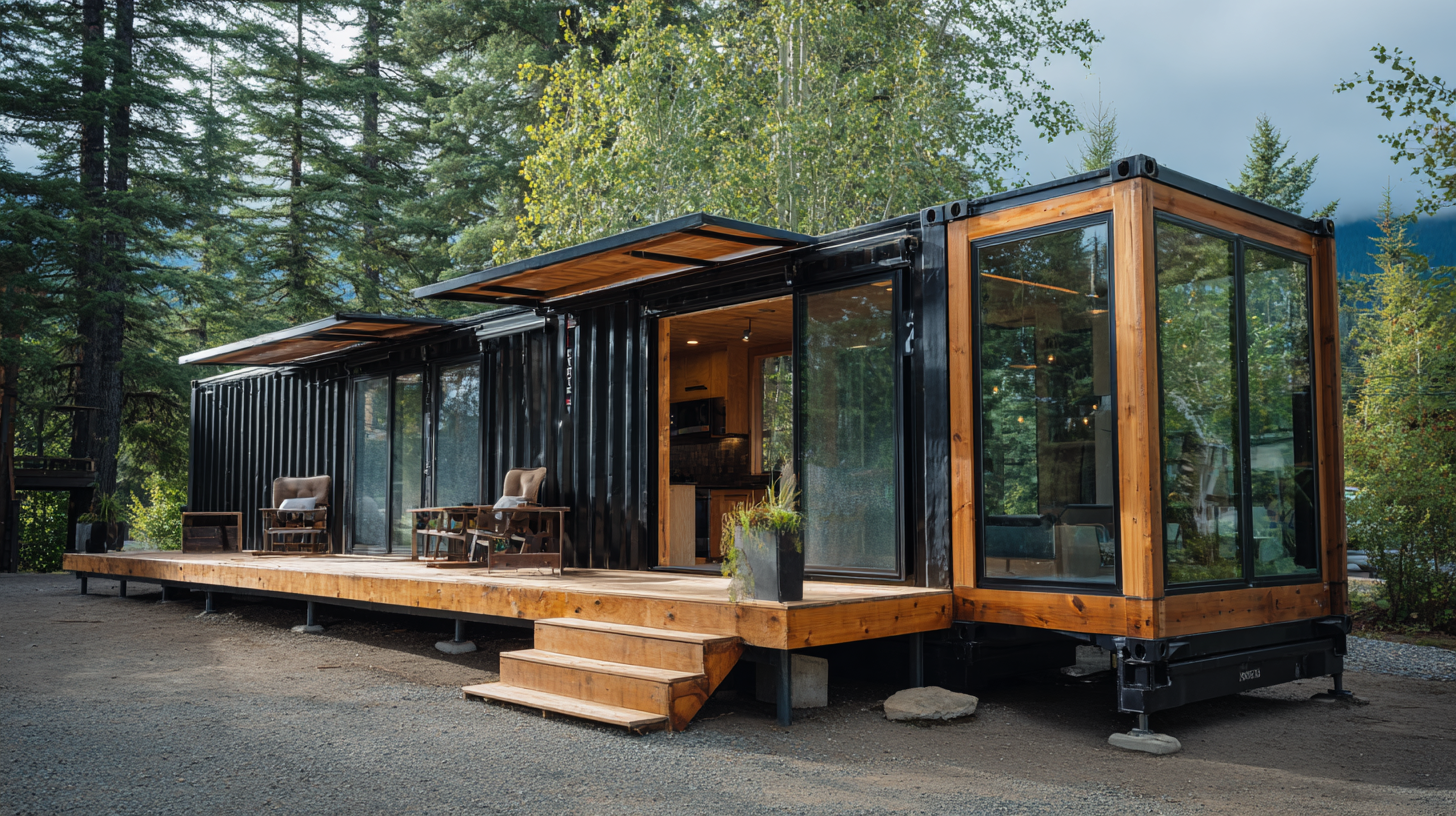
In Atlanta, the city's pilot shipping container village aims to provide rapid housing solutions for the unhoused population. This initiative exemplifies how shipping container architecture not only addresses immediate housing needs but also promotes sustainable living practices. Furthermore, projects in Chicago showcase the versatility of container homes, ranging from affordable housing options to eco-friendly pop-up retail spaces. These successful implementations underscore the potential of shipping container designs to enhance urban sustainability, proving that creativity and innovation can lead to meaningful solutions in the face of housing crises.
Related Posts
-

Innovative Uses of Shipping Container Buildings Transforming Modern Architecture
-
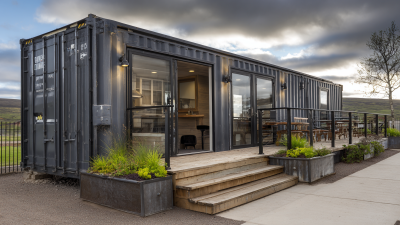
Exploring the Benefits of Sustainable Living in Shipping Containers
-
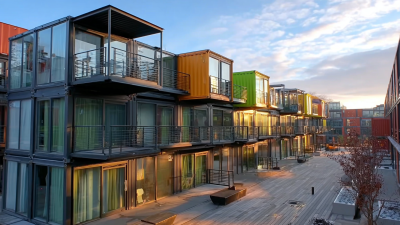
Discovering the Future of Living: The Rise of Container Condos as Eco-Friendly Housing Solutions
-
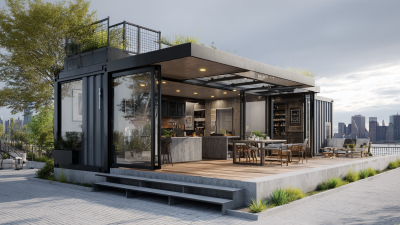
Exploring the Rise of Shipping Container Dwellings: Innovative Living Solutions for Modern Lifestyles
-
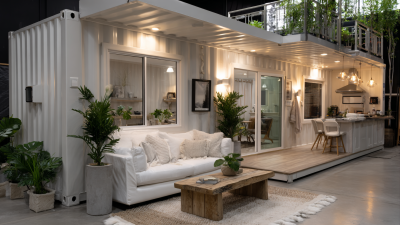
How a 40ft Container Cabin Can Transform Your Living Space into an Ecofriendly Haven
-
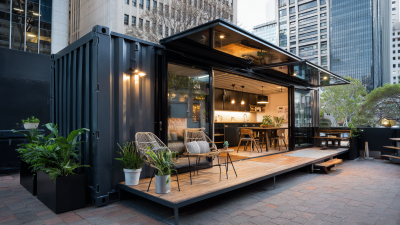
Transforming Spaces: Innovative Container Fitouts for Modern Living and Workspaces
